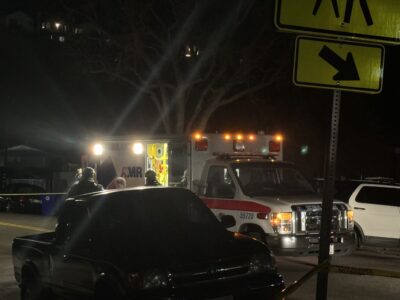By Jack Phillips
Contributing Writer
Defense Secretary Pete Hegseth on Thursday said he’s not aware of intelligence that shows Iran moved its uranium away to prevent it from being targeted in U.S. airstrikes over the past weekend.
“I’m not aware of any intelligence that I’ve reviewed that says things were not where they were supposed to be, moved or otherwise,” Hegseth told reporters at a news conference.
Hegseth criticized the media for downplaying the success of U.S. strikes on Iran’s nuclear program.
The Pentagon chief said a leaked preliminary assessment was low-confidence and that it had been overtaken by intelligence showing Iran’s nuclear program was severely damaged by the U.S. strikes, and that it would take years to rebuild, citing comments from CIA Director John Ratcliffe.
“This includes new intelligence from a historically reliable and accurate source/method that several key Iranian nuclear facilities were destroyed and would have to be rebuilt over the course of years,” Ratcliffe said in a statement on Wednesday, which echoed comments made by Director of National Intelligence Tulsi Gabbard in a post on social media platform X.
Also on Thursday, Iranian leader Ayatollah Ali Khamenei pushed back against the U.S. assessment that Iran’s nuclear program was severely damaged or destroyed, saying that the United States “failed to achieve their objectives” in destroying the nuclear facilities, according to remarks delivered via state-run media Tasnim News Agency.
Meanwhile, the head of the United Nations’ International Atomic Energy Agency told Fox News that U.N. officials were not able to locate the Iranian uranium after the U.S. strikes.
“We do not have information of the whereabouts of this material,” IAEA Director-General Rafael Mariano Grossi told the outlet.
But Grossi said in a new interview with RFI that Iran’s nuclear program likely “suffered enormous damage” in both the Israeli and U.S. airstrikes that targeted the Natanz, Isfahan and Fordow uranium enrichment sites.
“What I can tell you, and I think everyone agrees on this, is that there is very considerable damage,” he said.
Regarding the Fordow site that had been partially located under a mountain, “we already know that these centrifuges are no longer operational” due to the airstrikes,” he added.
Responding to statements made by President Donald Trump that Iran’s nuclear capabilities were obliterated, Grossi stated, “I think ‘annihilated’ is too much, but it suffered enormous damage.”
Iran’s foreign ministry spokesman, Esmail Baghaei, on Wednesday also conceded that Iran’s “nuclear installations have been badly damaged” in the attack. That statement was included in a White House statement issued that same day.
Before the U.S. strikes on the facilities, Israel and Iran traded aerial strikes for roughly 12 days before Trump announced a cease-fire on social media.
Earlier this week, Iranian officials said 606 people had been killed in the conflict in Iran, with 5,332 people wounded, while officials in Israel said that at least 28 people were killed in Israel and more than 1,000 injured.
Trump has also said that American and Iranian officials will talk next week, giving rise to hope for longer-term peace in the region.
The Associated Press contributed to this report.








